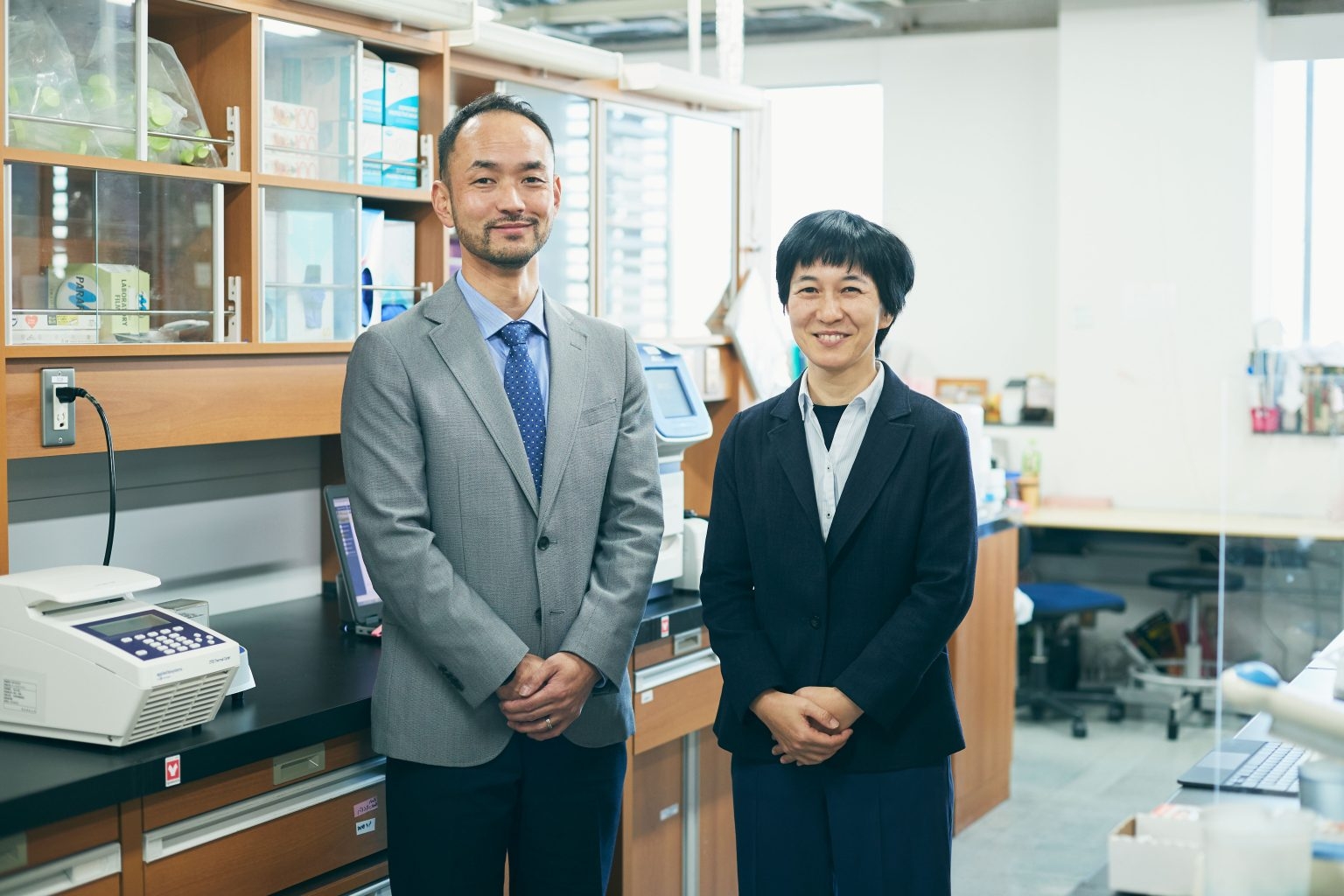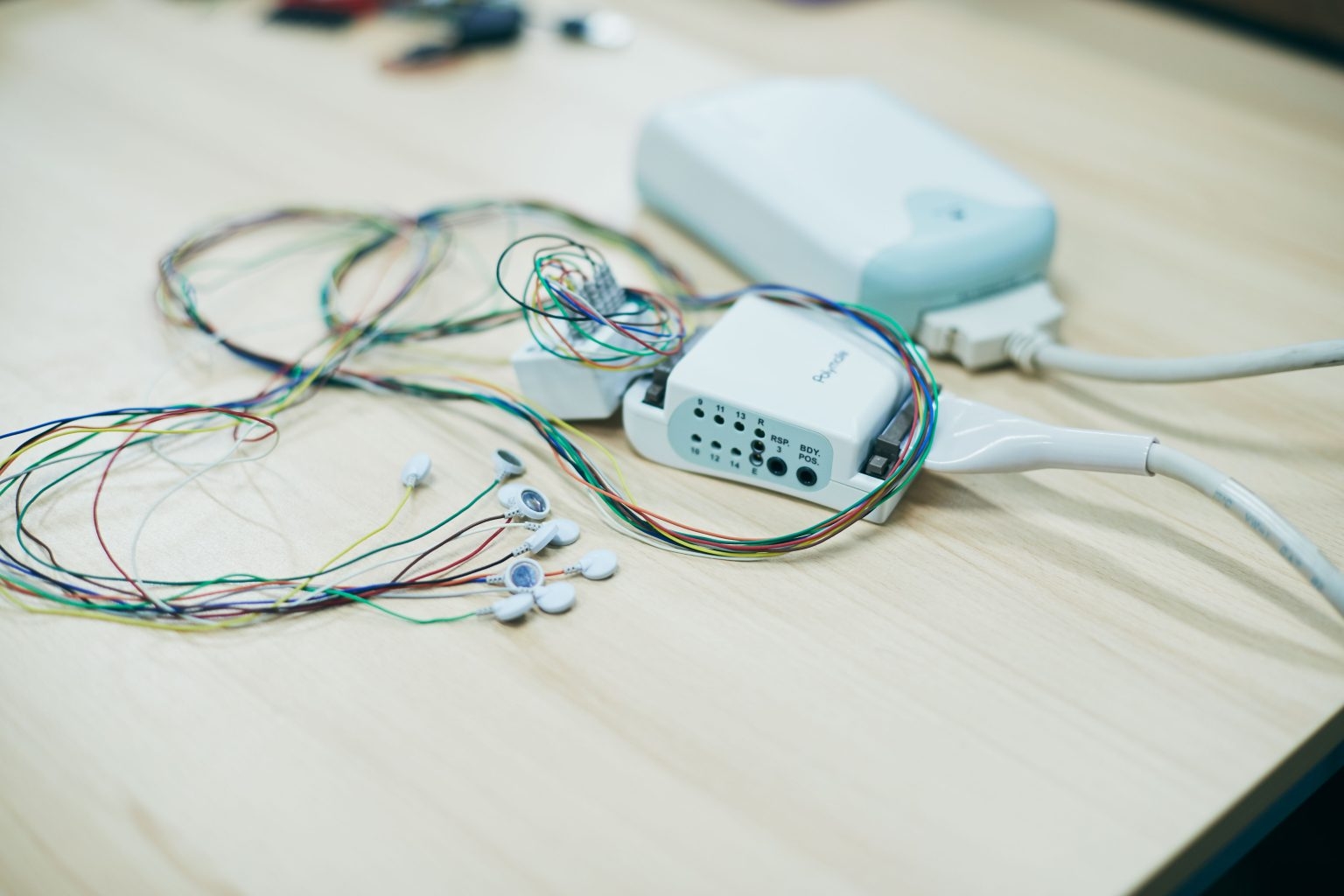It goes without saying that humans are social creatures, but what is the reason for this? The goal of the Parallel Brain Interaction Sensing Division is to clarify this mechanism. In other words, they are focusing on the brain activity of multiple individuals and trying to determine how they interact in the group formation process. As Professor Takemura said, “There are people who can successfully form groups and those who cannot. What is the difference? We want to study cases in which multiple brains collaborate as a single model, and from there, we hope to link this to understanding the brain.” Specifically, sensors that measure brain waves and brain activity are attached to multiple people to collect data, and based on the hypotheses obtained from these experiments, further confirmation will be made in animal experiments on rodents and other animals. “This research is possible only at TUS,” Professor Takemura added, “where we have both scientists who study the brain and those who are familiar with sensing.”

Many studies are underway in the Research Division toward their ultimate goals, one of which is the study of developmental disorders such as Autism Spectrum Disorders (ASD). ASD is believed to impede empathy and social behavior with other people, but there are many unknowns. Chromosome 3p26 deletion has been suggested as a risk factor for ASD. Regarding this deletion, the aim is to clarify the pathological mechanisms by analyzing effects on social behavior, including changes in social behavior, neurodevelopmental changes, and alterations in gene expression. “We know that people with ASD have difficulty interacting with other people,” Professor Segi says. “In other words, research on the disorders shows that the genes involved in that area are important for social behavior.” According to Professor Takemura, “On the other hand, when we examine the behavior of people with high ASD tendencies, we find that when they pass by someone, they approach the other person just in time to avoid physical contact. By sensing brain functions at that time, we can discover that the response in one part of the brain is slow, and that may be the cause. Then we can study that brain function in detail in animal experiments.”

The World Health Organization (WHO) predicts that in 2030, depression and other psychiatric disorders will be the number one diseases affecting healthy living. Psychiatric disorders are highly likely to be a problem of the brain, including genes and nerves. As we aim for a sustainable society in which everyone can continue to live a healthy life, clarifying these issues will be essential. In addition, understanding the brain is not limited to health aspects. In the ever-expanding online society, support for group formation and coexistence in online spaces can become possible by understanding the brain. Moreover, BrainTech, which combines the brain and technology, is also attracting attention. Investment in services based on brain science and new device development will only continue to increase. “It’s a very natural progression for researchers of cranial nerves and researchers of machines and robots to come up with new things together,” says Professor Segi. Brain research is difficult and delicate, but at the same time, it seems to be exciting for us.
■ Main research content
■ Main research content